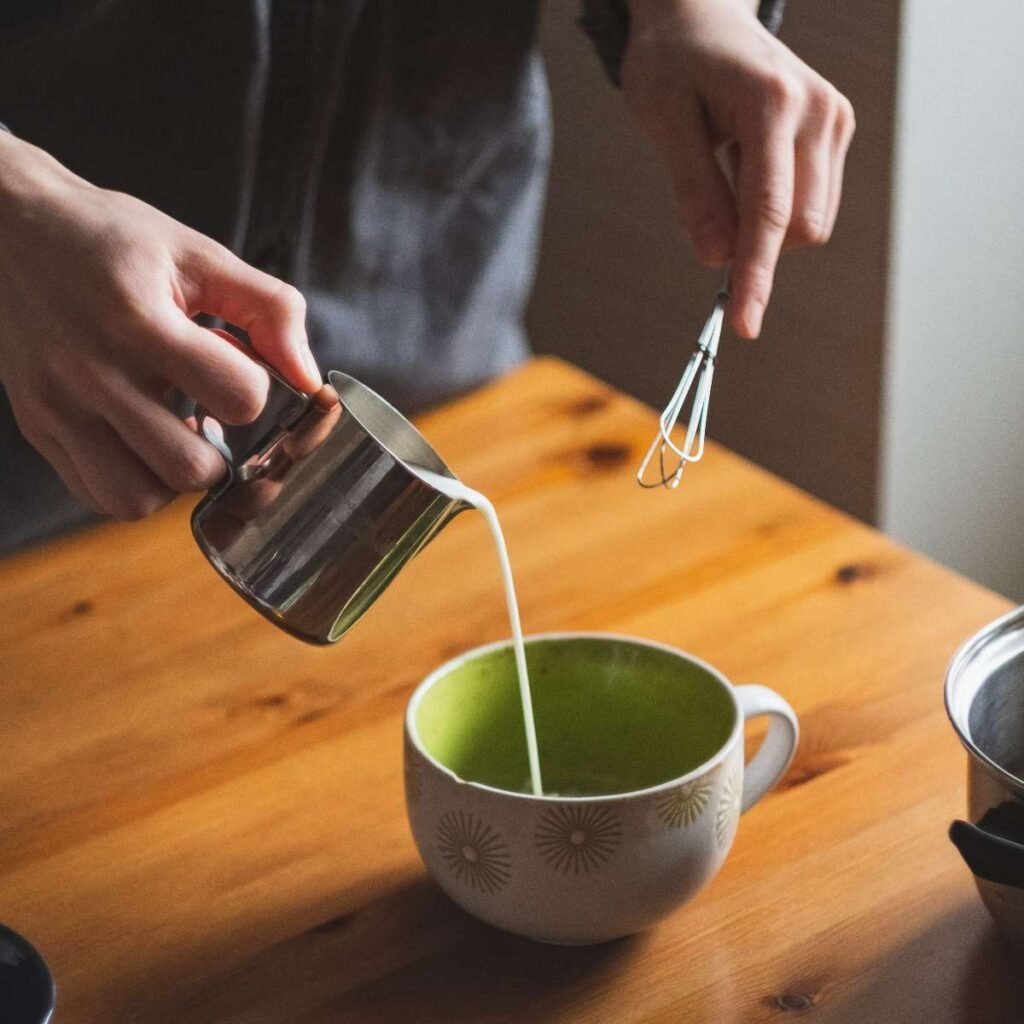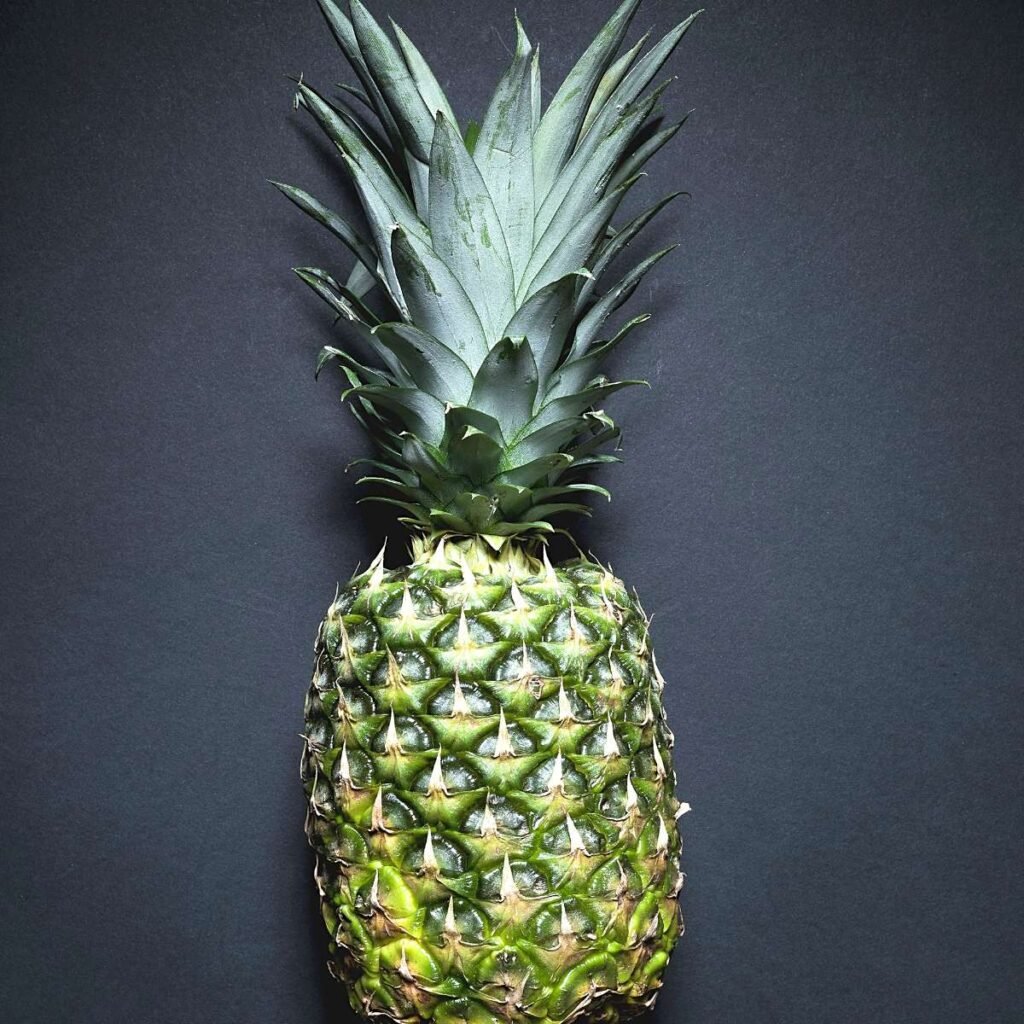There’s nothing worse than preparing a delicious recipe only to realize that the key ingredient, like buttermilk, has gone bad. But fear not because we’re here to equip you with the knowledge and techniques to learn how to check if buttermilk is bad and if it’s time to bid it farewell.
In this blog post, I’ll share foolproof methods for assessing the freshness and quality of buttermilk, ensuring that your culinary endeavours are always on the right track.
So, grab your detective hats and join us as we unravel the secrets of identifying spoiled buttermilk and make sure every batch you use is as fresh as can be.
Identifying Spoiled Buttermilk
Smell
Trust your nose when it comes to identifying spoiled buttermilk. Shake the container well and pour a small amount into a cup.
Give it a good sniff. Fresh buttermilk should have a tangy yet pleasant odour.
If you notice a strong, off-putting, or sour smell, that’s an indication that your buttermilk has gone bad.
Texture
Check the texture of the buttermilk to see if it has turned chunky or clumpy.
When buttermilk starts to spoil, its texture becomes thicker and harder to pour, with large lumps present.
If you’re brave enough, you can even feel the texture with your fingers. Spoiled buttermilk is unsalvageable, so it’s best to discard it.
Colour
The colour of your buttermilk can also be telling. Fresh buttermilk should be a pale, creamy white.
If you see any discoloration, such as yellowing or darkening, it’s a sign that bacteria has started to grow and your buttermilk is going bad.
- Fresh buttermilk: Pale, creamy white
- Spoiled buttermilk: Yellowing or darkening
Taste
While it may not be the most enjoyable experience, tasting a tiny amount of the buttermilk can reveal if it’s spoiled.
Fresh buttermilk has a mildly sour, slightly tangy taste. If the taste is overwhelmingly sour or just off, it’s time to toss it.
Remember, it’s better to err on the side of caution when it comes to food safety.
If you’re unsure about the quality of your buttermilk, it’s best to replace it.
Buttermilk Storage and Shelf Life
Buttermilk is a versatile low-fat dairy product that is popular in cooking and baking for its tangy flavour and tenderizing properties.
In this section, we’ll discuss how to store unopened and opened buttermilk, as well as the process of freezing buttermilk.
Unopened Buttermilk
When you’re storing unopened buttermilk, it’s crucial to keep it in the fridge at a temperature of 40 °F (4 °C) or below.
This helps extend its shelf life. Typically, buttermilk can last up to 14 days in the refrigerator, but always be sure to check the expiration date on the package.
It’s also a good idea to keep the buttermilk away from strong-smelling foods, as it can absorb odours.
Opened Buttermilk
Once you’ve opened the buttermilk, always store it in the refrigerator in an airtight container.
This helps to maintain its freshness and avoid contamination. Opened buttermilk usually lasts up to 14 days as well, but be sure to use your senses to determine its quality.
If it smells off, appears too lumpy, or has a slimy texture, it’s time to discard it.
Freezing Buttermilk
If you need to store the buttermilk for an extended period, you can freeze it. Here are the steps for freezing buttermilk:
- Pour the buttermilk into an airtight container, leaving some space for expansion.
- Label the container with the date and contents.
- Place the container in the freezer, where it can be stored for up to 3 months.
When you’re ready to use the buttermilk, thaw it in the refrigerator overnight.
You might notice a slight change in texture, but it should work fine for your recipes.
If you don’t have buttermilk on hand, you can also make a buttermilk substitute by mixing milk and vinegar or lemon juice.
Just remember that the storage and shelf life tips mentioned above apply to your homemade buttermilk substitute as well.
Uses of Good and Spoiled Buttermilk
Culinary Uses
Good buttermilk is a versatile dairy product that can be used in various recipes to add a tangy flavor and tenderize ingredients.
Here are some ways you can use buttermilk:
- Baking: Incorporate buttermilk into your favourite cake or pancake recipe for a lighter, fluffy texture. The acidity in buttermilk reacts with baking soda, helping the batter to rise.
- Marinades: Use buttermilk to marinate meats like fried chicken or pork chops. The lactic acid in the buttermilk will tenderize the proteins, and the tangy taste will enhance the flavour.
- Beverages: Mix buttermilk with some fresh fruits and honey or maple syrup for a delicious and nutritious drink. It’s rich in protein, calcium, and potassium.
- Dressings and sauces: Combine buttermilk with ingredients like yogurt, lemon juice, vinegar, and herbs to create creamy dressings or tangy sauces for salads and vegetables.
- Cheese making: You can make your own soft cheese using buttermilk and milk. Add citric acid or lemon juice to the mixture and heat it to separate the curds and whey.
Spoiled buttermilk, on the other hand, might not be ideal for culinary uses due to its unpleasant smell and texture.
However, if the buttermilk has just started to ferment and the flavour is still tolerable, you could experiment with it in recipes that already call for tangy or sour ingredients, such as sourdough bread.
When to Avoid Spoiled Buttermilk
While slightly fermented buttermilk might still be usable for some recipes, there are times when you should definitely avoid using spoiled buttermilk in your cooking.
Discard the buttermilk and avoid using it in any recipe when:
- It smells excessively sour and unpleasant: A strong and off-putting odour is a clear sign that the buttermilk has gone bad and should not be used in any dish.
- The texture is clumpy or slimy: Spoiled buttermilk can develop a thick, lumpy texture which can ruin the consistency of your dishes. This is also an indication that it has gone bad.
- It causes a stomachache or foodborne illness: Consuming spoiled dairy products can lead to food poisoning, so it’s best to be cautious and discard any suspect buttermilk.
Remember, safety first when it comes to using spoiled buttermilk!
Health Implications of Consuming Spoiled Buttermilk
Foodborne Illness
Consuming spoiled buttermilk can lead to unpleasant health effects, as it may contain harmful bacteria that cause foodborne illnesses.
These bacteria, such as lactococcus lactis ssp. lactis can multiply in the buttermilk when the spoilage process occurs.
The ingestion of these harmful bacteria may result in symptoms like vomiting, abdominal cramping, and diarrhea.
To avoid such health problems, always make sure to check if the buttermilk is safe to consume.
Proper Food Handling
Proper food handling practices can help you prevent bacterial growth and contamination in buttermilk. When handling buttermilk:
- Always store buttermilk in the refrigerator as it slows down bacterial growth.
- Check for signs of spoilage, such as strong, unpleasant odours, slimy or thick consistency, and mould.
- Confirm the expiration date on the package.
- Practice good kitchen hygiene, such as washing your hands before handling the buttermilk and using clean utensils.
By following these guidelines, you can minimize the risk of consuming spoiled buttermilk and keep yourself safe from potential foodborne illnesses.
Substituting Buttermilk Safely
If you find that your buttermilk has gone bad, there are safe and effective alternatives you can use in your recipes. Some substitutes include:
- Mixing 1 cup of milk with 1 tablespoon of lemon juice or white vinegar. Let it thicken for a few minutes, and you’ll have a buttermilk substitute.
- Using yogurt or sour cream in equal amounts to replace buttermilk in your recipe.
For frozen buttermilk: if it’s still good, you can defrost it and use it in your recipes.
But always remember to check your refrigerated or frozen buttermilk for spoilage signs before using them.
Now you know how to check if buttermilk is bad.
Frequently Asked Questions
What are the signs of spoiled buttermilk?
Pay attention to the smell, appearance, and consistency.
If your buttermilk smells extremely sour, has mould or discoloration, or has become chunky, slimy, or separated into distinct layers, it’s likely spoiled.
How does bad buttermilk taste?
Spoiled buttermilk will taste excessively sour and unpleasant compared to the normal tangy flavour of fresh buttermilk.
If unsure, it’s better to play it safe and discard it instead of tasting it.
Can you use buttermilk past its expiration date?
You can sometimes use buttermilk past its expiration date if it still smells, looks, and tastes normal.
However, it’s always better to err on the side of caution when it comes to food safety. Trust your senses and let them guide you.
How does the odour of bad buttermilk differ from fresh?
Fresh buttermilk has a mild, tangy smell, whereas spoiled buttermilk will emit a more pungent, extremely sour odor.
If you’re unsure whether the smell is normal, check for other signs of spoilage.
How should the texture of good buttermilk be?
Good buttermilk should be creamy with a slightly thick consistency.
It will sometimes have small lumps, but it should not be excessively thick, chunky, or slimy.
If the texture seems off, it might indicate that the buttermilk has gone bad.
What happens if you use bad buttermilk in baking?
Using spoiled buttermilk in baking can affect the flavour and texture of your baked goods, making them taste off or unpleasant.
Moreover, it can pose health risks if the buttermilk is contaminated with harmful bacteria.
It’s best always to use fresh ingredients for your baking needs.



